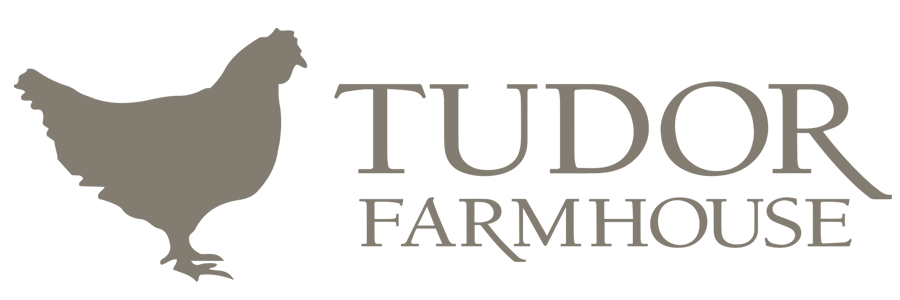There is definitely something special about the Forest of Dean which is what prompted us to leave London in 2003 to take on the hotel and we have never looked back. We hope you love both the Tudor Farmhouse Hotel and the Forest of Dean as much as we do, and we cannot wait to welcome you.
Here at Tudor Farmhouse Hotel, we are asked a lot of questions about the Forest of Dean and its history. From how big it is, where it is located, what it is famous for, what makes it special and just why it is called Royal. We decided that we should share the answers to some of the most frequently asked questions about the Forest of Dean and its heritage.
Where is the Forest of Dean?
Despite popular belief, the Forest of Dean is not in Wales, it is situated in Gloucestershire, England, on the west side of the River Severn. It is bordered by the counties of Monmouthshire in Wales and Herefordshire in England.
The Forest of Dean is located 106 miles west of London, 45 miles east of Cardiff and just 23 miles west of Bristol.
The Tudor Farmhouse Hotel is situated approximately 2 miles from Coleford, which along with Cinderford and Lydney, is one of the main towns within the forest. Coleford is the administrative centre of the forest and is where the district council offices are located.
How big is the Forest of Dean?
The Forest of Dean proper and Forest of Dean District are often seen as one and the same, although not by the people who live here. The Forest of Dean proper covers an area of approximately 204 sq. miles whereas the Forest of Dean District covers an area of approximately 327 sq. miles. Approximately 86,500 people live within the Forest of Dean District boundaries.
Although the Forest of Dean proper was the first forest to become a National Forest Park in 1938, it is not part of The National Trust.
How old is the Forest of Dean?
There are records of the Forest of Dean dating back to at least 1066 when the area was first reserved for royal hunting. The name Forest of Dean is first recorded as early as 1080, in fact the Forest of Dean is mentioned in the Domesday Book.
The Forest of Dean District was officially formed 1st April 1974 when East Dean Rural District, Lydney Rural District, Newent Rural District and West Dean Rural District, and the parishes of Newnham and Westbury-on-Severn from Gloucester Rural District were merged.
Why is the Forest of Dean Royal?
The Forest of Dean is an ancient royal forest and was first used as a hunting ground by the Saxons which continued for hundreds of years. The Normans appointed officials called Verderers to protect
the animals and woodlands. Its use as a royal hunting ground was continued by the Tudor kings who used the Forest to supply the royal courts with meat.
What is the Forest of Dean famous for?
The Forest of Dean has been famous for many things over the centuries starting out as a royal hunting ground in medieval times, a source of timber for navy ships in the Tudor era, coal mining and tramways as part of the industrial revolution to being a tourist hotspot and popular film location in the present day. You may recognise parts of it from blockbusters such as Harry Potter, Star Wars, King Arthur: Legend of the Sword and tv favourites such as Doctor Who, Merlin and His Dark Materials as well as some Netflix original series.
The Forest of Dean has also been home to many famous people over the years such as:
· Wayne Barnes, international rugby referee. Lived in Bream.
· James & William Horlick, inventors of Horlicks Malted Milk. Born in Ruardean.
· Herbert Howells, musician, and composer. Born in Lydney.
· Dennis Potter, playwright. Born in Berry Hill.
· J.K. Rowling, Harry Potter author. Lived in Tutshill.
· J.R.R. Tolkein, author of The Lord of The Rings series. Wrote part of The Hobbitt whilst living and working in Lydney.
· Dick Whittington, Mayor of London. Born in Pauntley.
· Sir Jimmy Young, singer and radio DJ. Born in Cinderford.
· Olly Alexander, singer with Years & Year, and Richie Tozer in It’s a Sin. Raised in Coleford.
Why is the Forest of Dean so special?
Apart from the mystical feel to it, no doubt helped by the Severn Bore and the legends associated with the area, the Forest of Dean is an absolute delight for nature lovers. There is a whole host of wildlife to try and spot here in the forest such as deer, wild boar, pine martens, big cats, badgers, beavers, bats, squirrels, hedgehogs, foxes, numerous birds and recently wolves have been reintroduced to the area. Not to mention you are more than likely to see free-roaming sheep and you may even spot some highland cows, longhorn cows or Exmoor ponies whilst out and about.
Then there is the plant life, as you would imagine, the forest is abundant with flora and fauna and spectacular colours no matter what time of year you visit. In the spring you will see foxgloves, daffodils, bluebells, and wild garlic then of course in the autumn you will see the full range of autumnal colours in the trees and ferns. The woodland within the forest is mainly comprised of a variety of oak, beech, ash, and holly trees.
For further information on the Forest of Dean visit Forestry England or Visit DeanWye.

